By Michael Haskew
The ghosts of World War II continue to surface in remote corners of the globe.
Decades after the war in North Africa ended, another reminder of the early and uncertain days in that theater came to the attention of the media and excited historians with a snapshot of a pilot’s ordeal in the unforgiving Egyptian desert where he was forced to land a crippled fighter plane.
In May 2012, a Polish oil company worker happened upon the remains of a Curtiss P-40 Kittyhawk fighter, an American-built aircraft probably provided to Great Britain through lend-lease assistance as one of the frontline aircraft of the Royal Air Force during the North African campaign. The plane was believed to have been lost on June 28, 1942, when it was forced to land in the Sahara as its pilot, Flight Sergeant Dennis Copping, was ferrying the P-40 from one base to another for repairs to its landing gear that would not retract.
How Did The Crash Occur?
The arid desert climate preserved the plane remarkably well, and its discovery nearly 70 years after it was lost conjured up memories of the desperate fighting that had taken place in the spring and summer of 1942 as the Panzer Army Afrika under German Field Marshal Erwin Rommel pushed the British and Commonwealth forces of the Eighth Army steadily across miles of territory toward the Egyptian frontier.
By the end of the summer, the British, under their new commander, General Bernard L. Montgomery, were marshaling their forces for a counterstrike against Rommel. The resulting Battle of El Alamein commenced in October 1942 and produced a resounding Allied victory, one of the turning points in the war against Nazi Germany. The ordeal of Flight Sergeant Copping may have resulted from an effort to get all available British aircraft into fighting shape for the coming offensive.
According to military historian Andy Saunders during an interview with CNN, 24-year-old Flight Sergeant Copping apparently got lost and began flying in the wrong direction while a fellow RAF pilot of 260 Squadron tried to no avail to get his attention and correct his course. After Copping failed to recognize his error, the plane ran out of fuel and made a rough landing. The plane sustained some damage, its propeller and nose torn away and landing gear collapsed. A glimpse into the cockpit reveals surprisingly little interior damage. Instruments remain intact, and the aircraft frame appears structurally sound.
Slim Chance for Survival
Copping apparently survived for a while. Among the evidence that supports this contention is a parachute stretched to provide shade, indicating that he initially remained with the plane and tried to protect himself from the brutal Saharan sun.
“The parachute gives him shelter and a means to be identified from the air,” said Saunders. “The guy also would have had a little silver signaling mirror to attract passing aircraft and a pistol with a limited number of flares. His chances of survival were not good.”
RAF pilots typically flew without much in the way of rations. With the plane’s radio likely broken and little or no food and water, Copping may have eventually concluded that his only chance for survival was to walk away from the wreckage toward where he thought help might be found. No human remains have been located to date, and even today, the likelihood that those of Copping will be found seems remote.
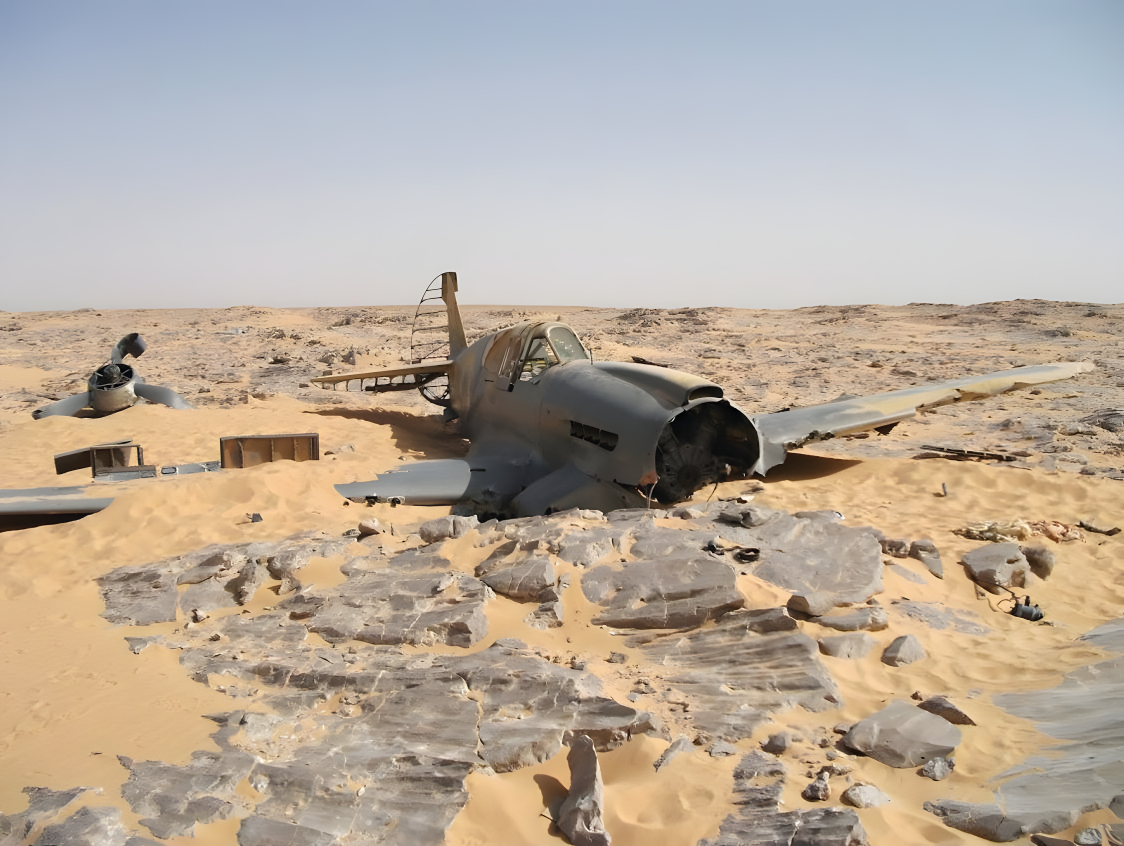
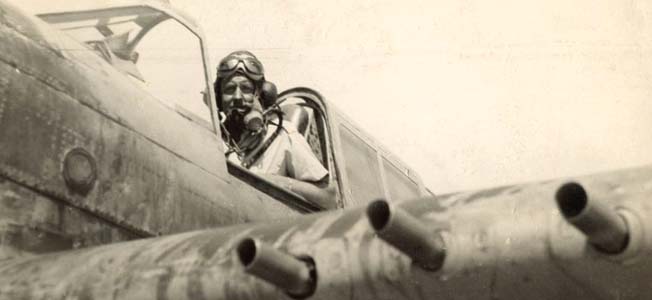
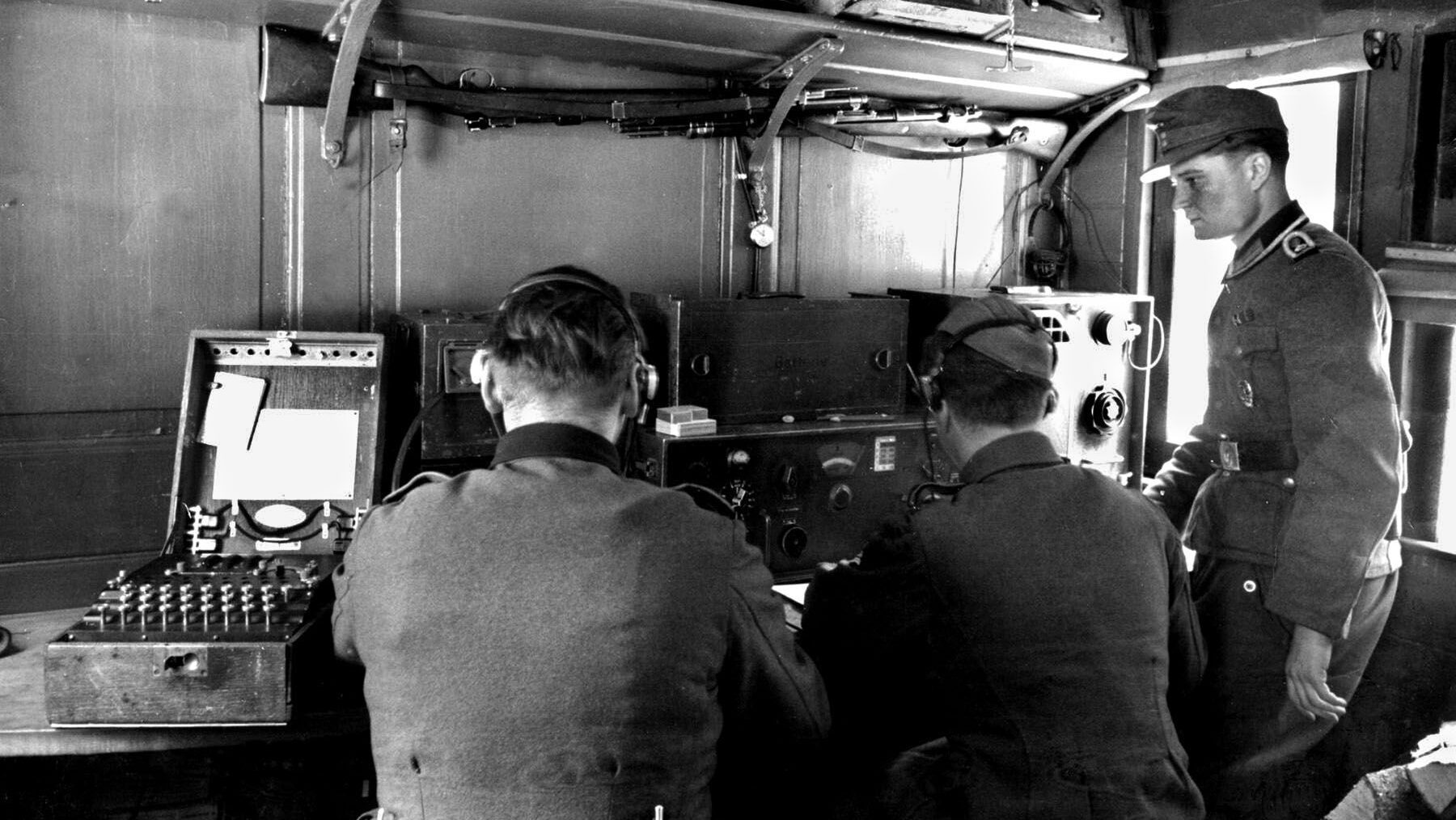
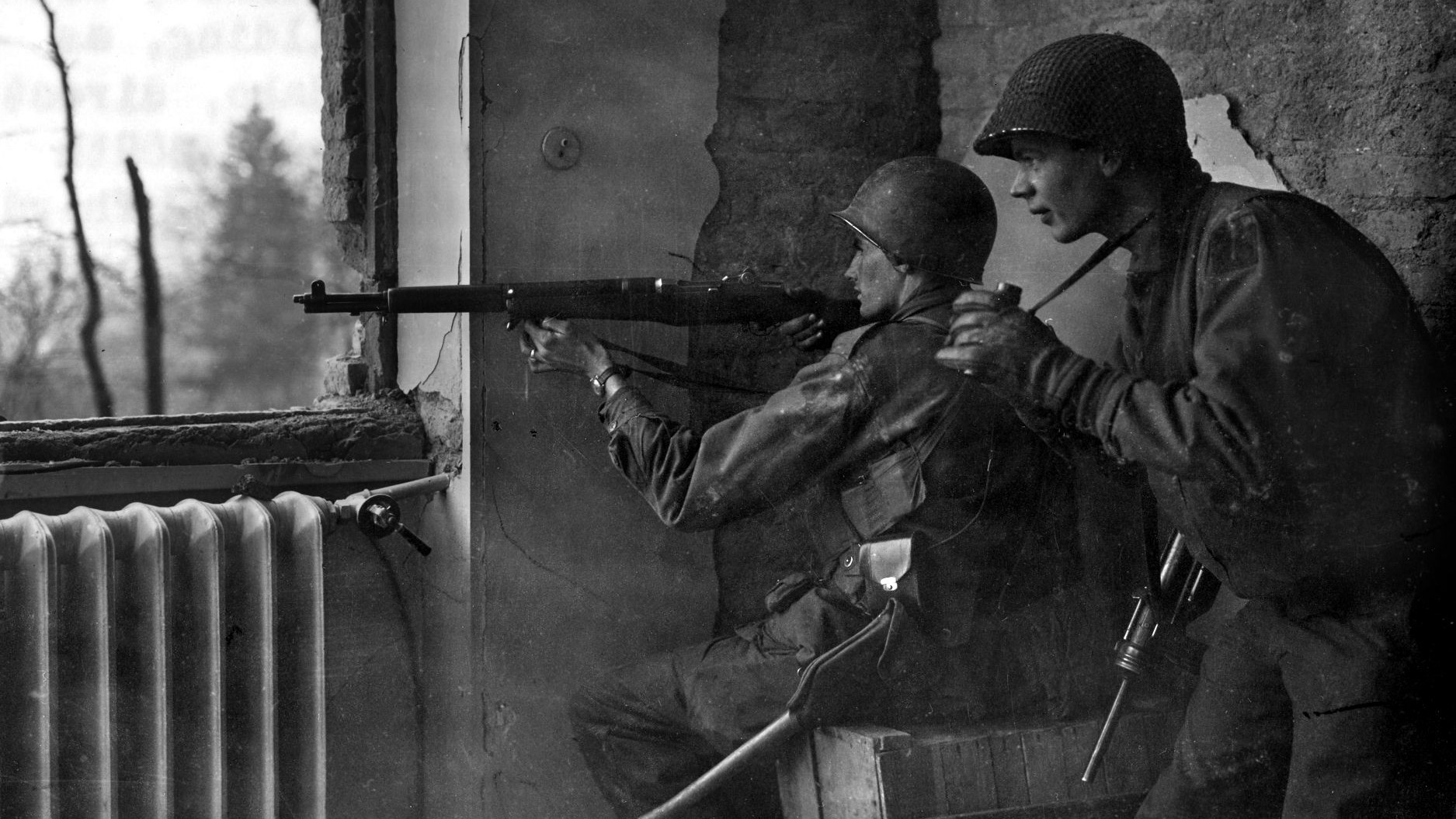
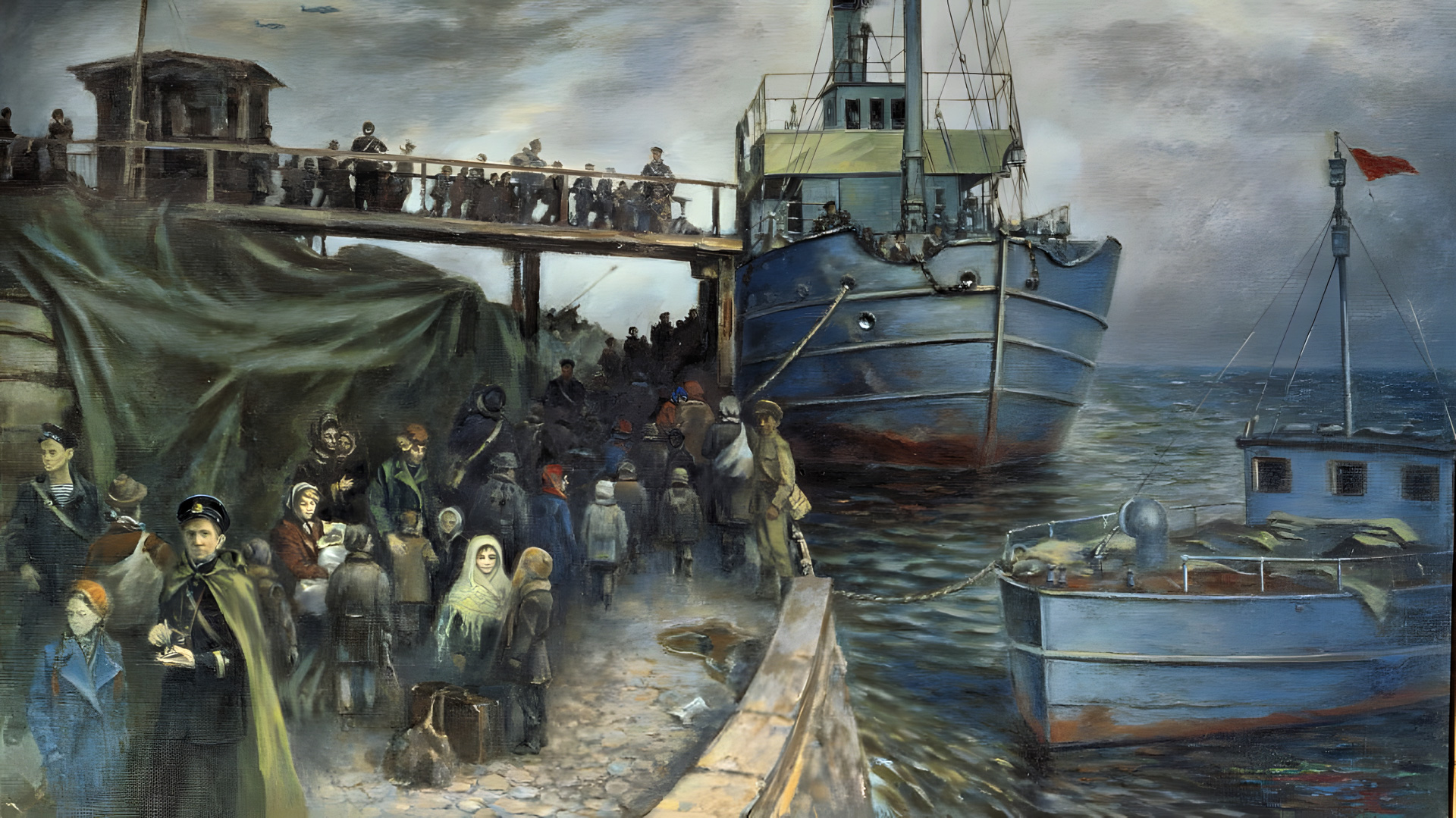
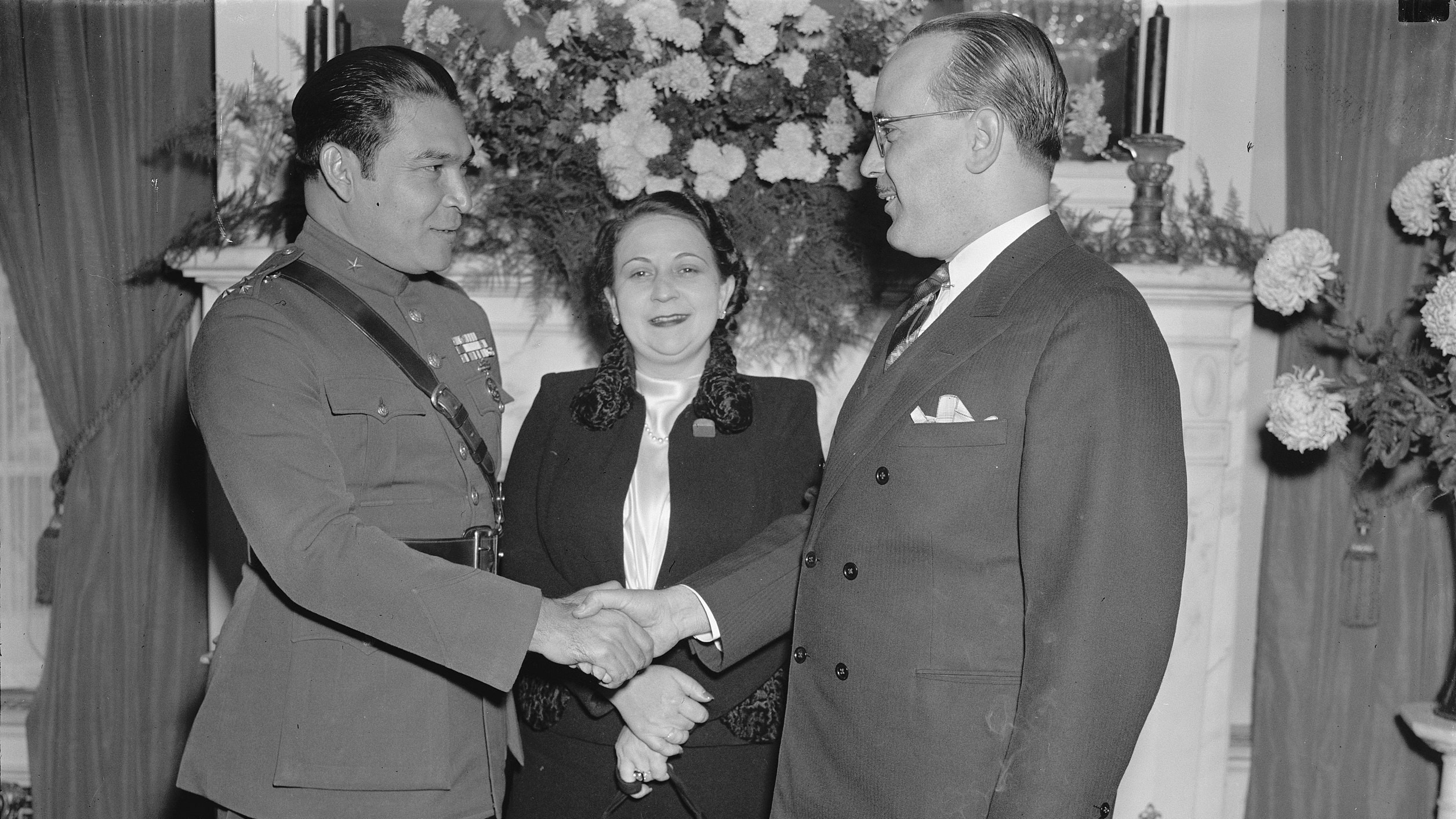
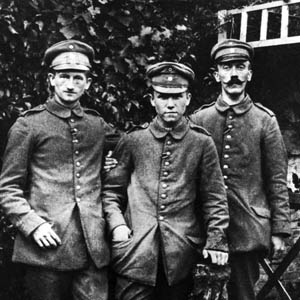
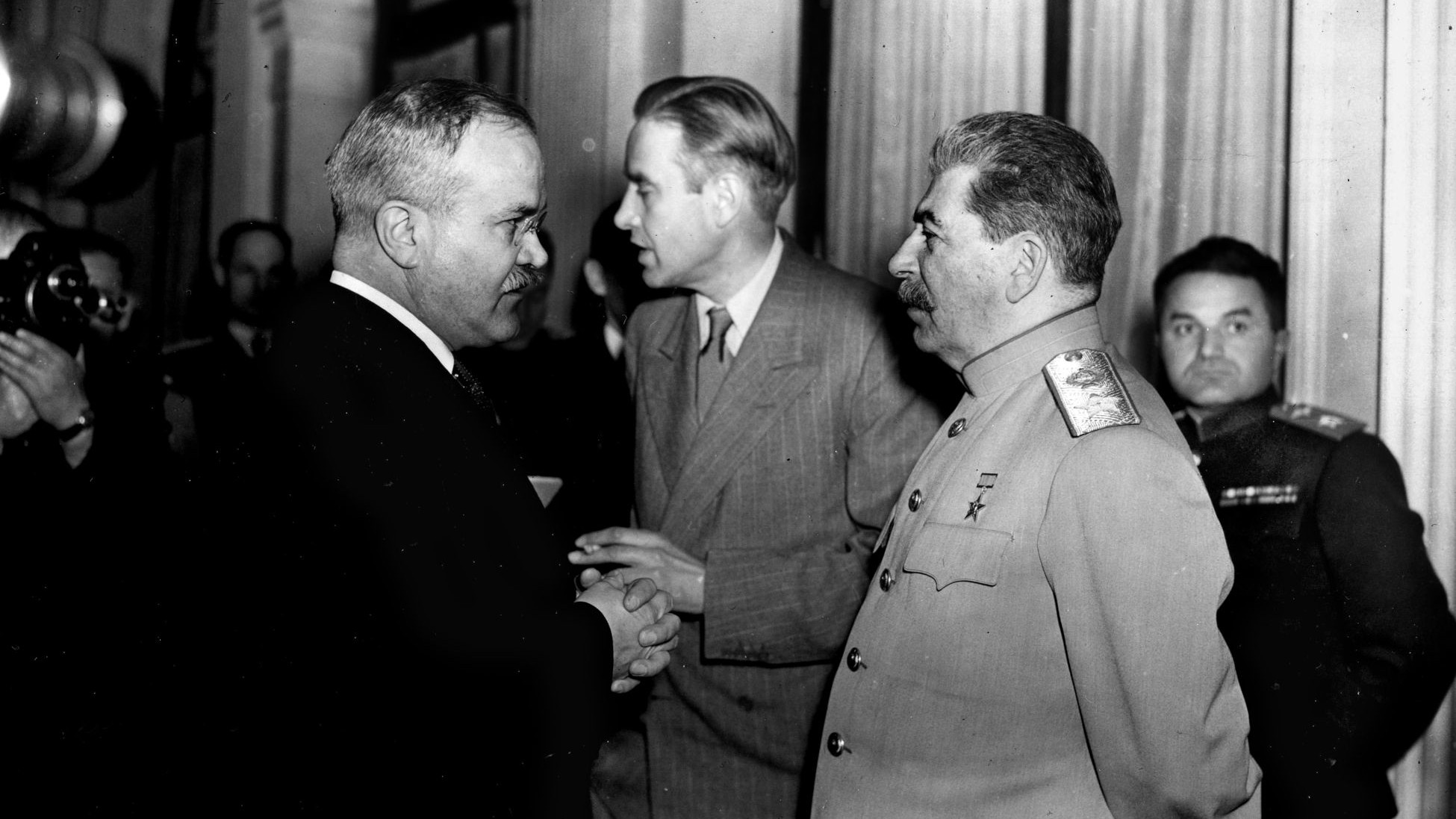
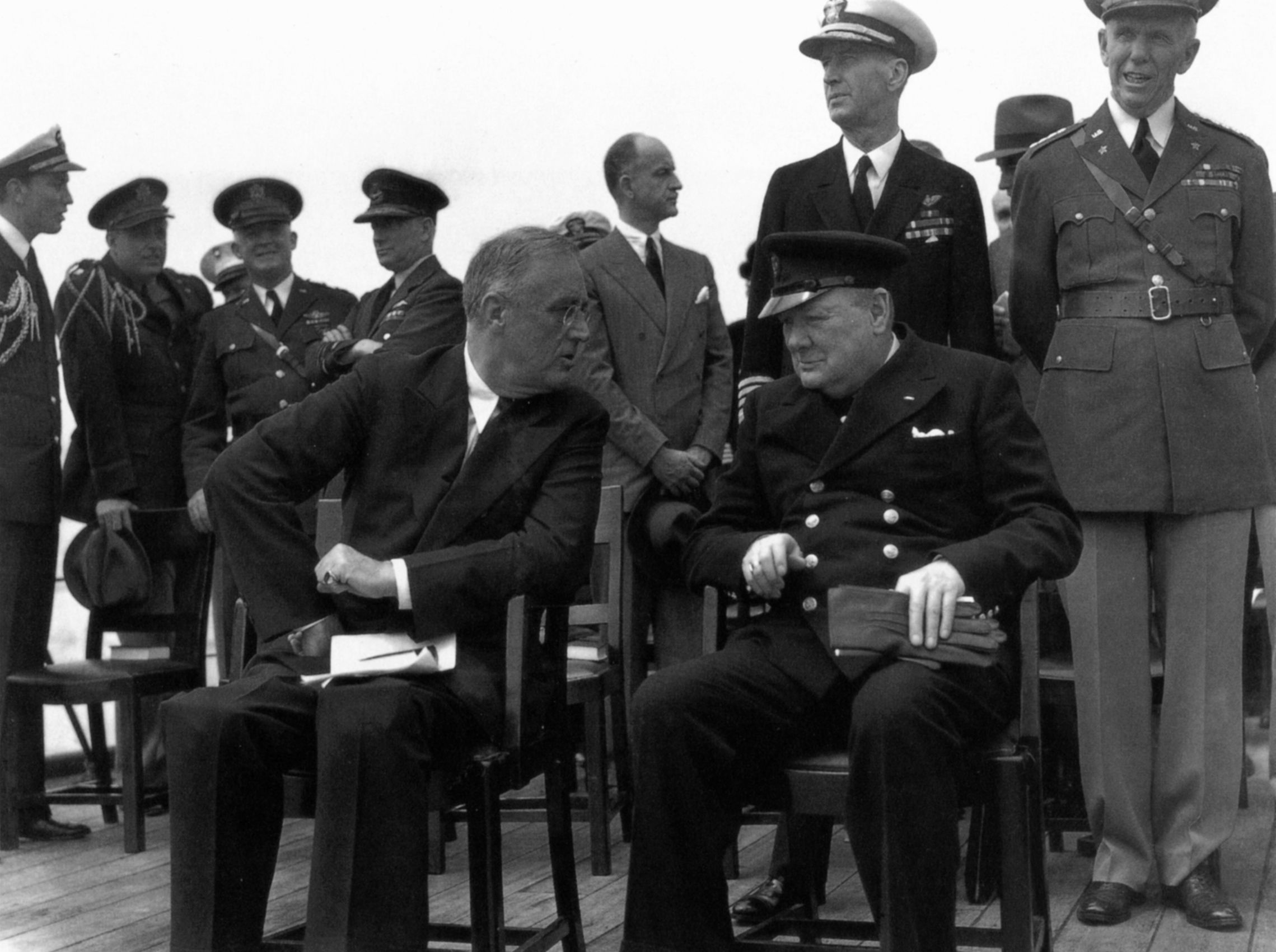
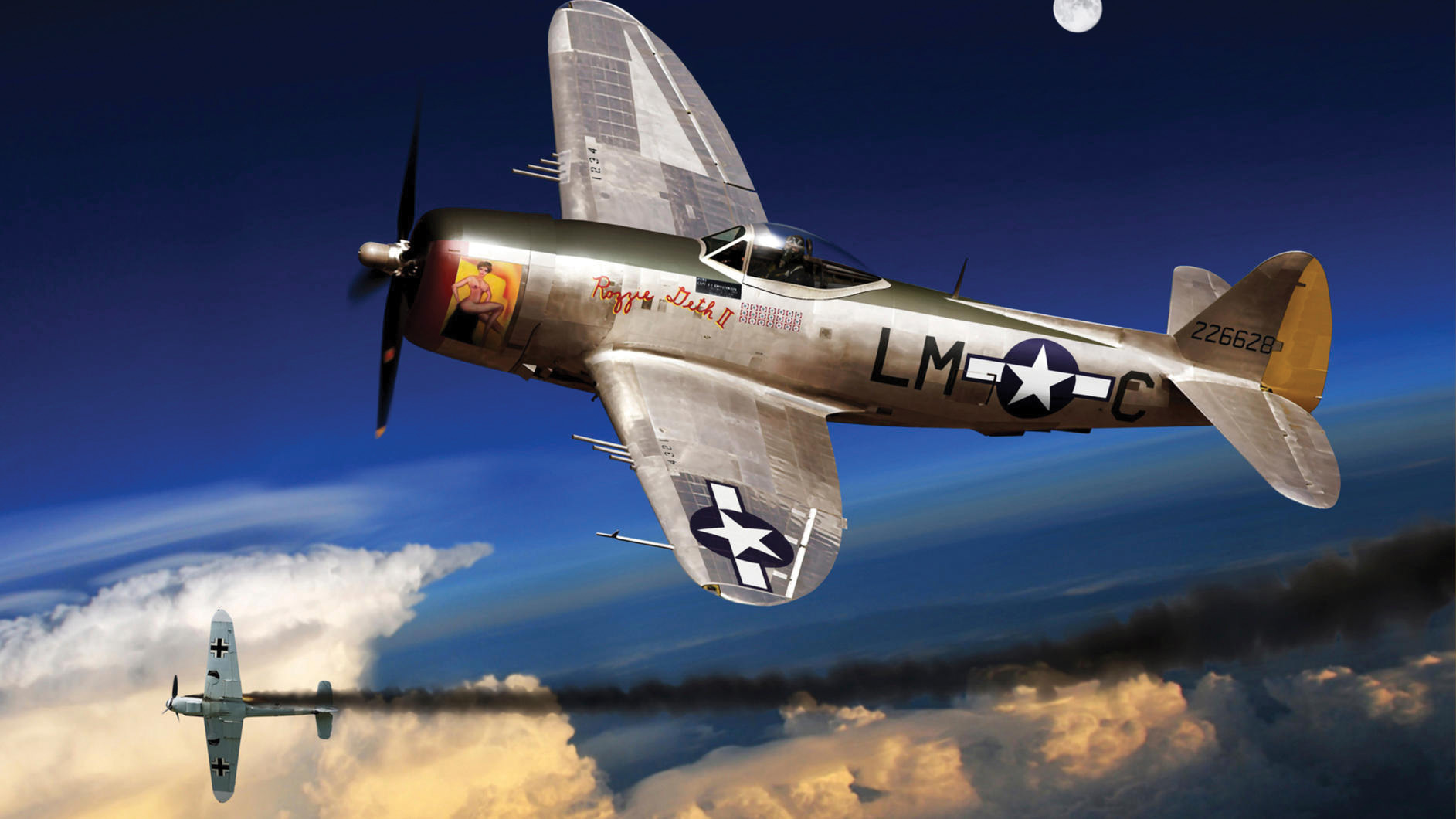
Join The Conversation
Comments
View All Comments